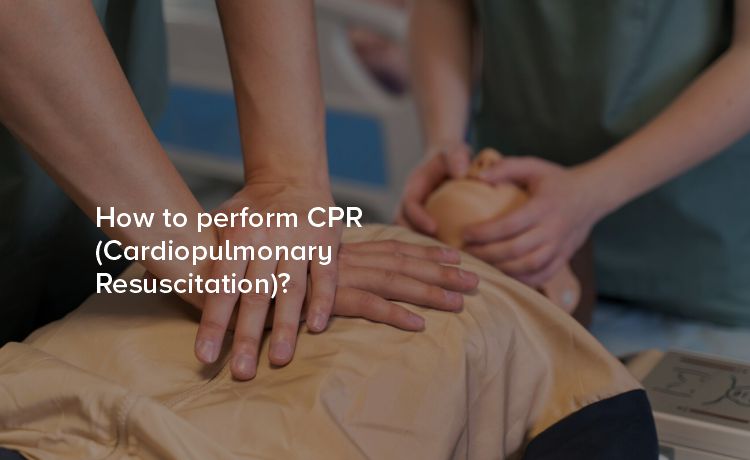
When an emergency strikes, every second counts. Knowing how to perform CPR (Cardiopulmonary Resuscitation) can be the difference between life and death.
CPR is a life-saving technique used in emergencies when someone's breathing or heartbeat has stopped. This can happen in cases of drowning, heart attacks, or sudden cardiac arrest. CPR combines chest compressions and rescue breathing to help maintain vital blood flow to the heart and brain until professional medical help arrives.
The importance of CPR cannot be overstated. When the heart stops, the lack of oxygenated blood can cause brain damage in just a few minutes. Quick and effective CPR can help keep oxygenated blood flowing to the brain and other vital organs, significantly increasing the chances of survival until emergency services take over.
1. Assess the Situation and Call for Help
Before starting CPR, ensure the scene is safe for both you and the victim. Check for any immediate dangers such as traffic, fire, or electrical hazards. Once confirmed safe:
Check for Responsiveness: Gently tap the victim and shout, "Are you okay?"
Call for Help: If there is no response, call 911 immediately. If possible, have someone else call while you start CPR.
2. Open the Airway
Place the victim on their back on a firm surface.Head Tilt-Chin Lift: Gently tilt the head back by lifting the chin with one hand and pushing down on the forehead with the other. This helps open the airway.
3. Check for Breathing
Listen carefully for any sounds of breathing and watch for chest movements. This should take no more than 10 seconds.
Not Breathing or Only Gasping: If the person is not breathing or is only gasping, begin CPR immediately.
4. Provide Chest Compressions
Chest compressions are the most critical aspect of CPR.
Hand Placement: Place the heel of one hand in the center of the chest, on the lower half of the breastbone (sternum). Place your other hand on top, interlocking your fingers.
Body Position: Keep your elbows straight and shoulders directly over your hands.
Perform Compressions: Push hard and fast, compressing the chest at least 2 inches deep at a rate of 100-120 compressions per minute. Allow the chest to fully recoil between compressions.
5. Give Rescue Breaths
After 30 compressions, give 2 rescue breaths.
Seal the Airway: Pinch the victim’s nose shut, take a normal breath, and cover their mouth with yours, creating an airtight seal.
Deliver Breaths: Blow into the mouth for about 1 second each, watching for the chest to rise. If the chest does not rise, reposition the head and try again.
6. Continue CPR
Repeat the cycle of 30 chest compressions followed by 2 rescue breaths until:
Professional Help Arrives: EMS personnel take over.
Signs of Life: The victim starts to breathe normally.
You Are Unable to Continue: If you are physically unable to keep performing CPR, try to find a replacement if possible.
For Infants (Under 1 Year)
The technique for infants differs slightly due to their smaller size and fragility.
Check Responsiveness and Call for Help: Tap the infant’s foot and shout to check for a response.
Chest Compressions: Use two fingers to compress the chest about 1.5 inches deep at a rate of 100-120 compressions per minute.
Rescue Breaths: Cover the infant’s nose and mouth with your mouth and give gentle puffs of air, just enough to make the chest rise.
For Children (1-8 Years)
CPR for children is similar to adults but requires some adjustments.
Compressions: Use one or both hands to compress the chest about 2 inches deep.
Breaths: Ensure the breaths are gentle, similar to the technique used for adults.
If you are untrained or unable to perform rescue breaths, hands-only CPR is an effective alternative.
Focus on Compressions: Perform chest compressions continuously at a rate of 100-120 per minute without stopping for breaths.
Knowing how to perform CPR is a vital skill that can save lives. Whether you’re a bystander or a professional, being prepared to act in an emergency can make all the difference.